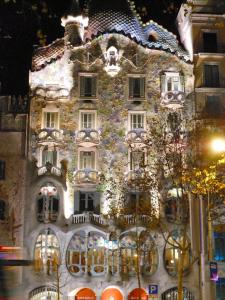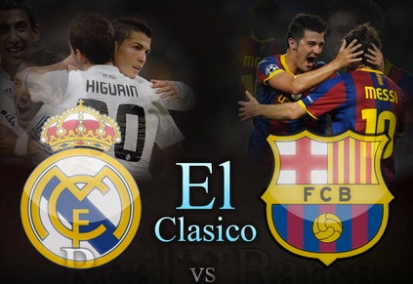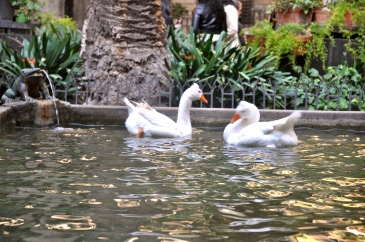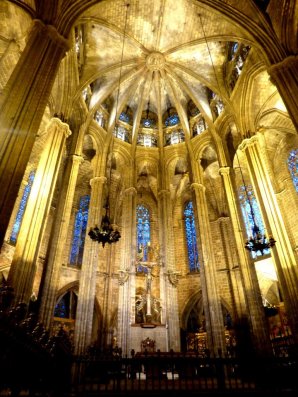Antoni Gaudi was a famous catalan architect who was part of the Catalan Modernista movement. His four life passions are evident in his work: architecture, nature, religion, and love for Catalonia. Both recycled tile, stained glass windows, the use of natural light, and non-linear lines are signatures of Gaudi’s architecture throughout Barcelona.
Park Guell, Gaudi’s famous architectural park is located in the hills of Grácia. The park was originally supposed to be the housing site for wealthy families in Barcelona, an idea of Count Guell in the early 1900s. It has since been converted into a municipal garden. Alex, Brittany, and I took the Sants metro station and assumed that it would be a straight shot walk to Parc Guell. It was not. When we reached finally reached the entrance the park we made a right and accidentally took a hike up the mountain, exiting the top. We finally realized our mistake when we realized we hadn’t seen any mosaics or the gingerbread like houses that are a signature of Parc Guell. We walked back down to the entrance and finally found the Parc.

With Mom and Dad I visited two other famous Gaudi works: Casa Batlló and La Sagrada Familia. On Passeig de Gracia, can be found Casa Batlló on what is nicknamed the “manzana de la discordia” or “block of discord” because on the same block are two other houses by famous architects: Lluís Domènech i Montaner and Josep Puig i Cadafalch. Casa Batlló being the most famous was restored by Gaudi in the early 1900s. The influences of nature especially that of the ocean can be seen within the architecture: the blue tiles long the light well, the spiral staircases, and the nonlinear lines throughout the house. The roof appears to be that of a dragon. A common theory is that the turret with the cross on top represent the lance of Saint George (patron saint of Catalonia), being plunged into the dragon. And the balconies represent the skulls of those who tried and failed to kill the dragon.

La Sagrada Familia is without doubt Gaudi’s most famous and impressive piece of architecture. Located up the street from my residencia on Sardenya street. The basilica, that Gaudi began working on in 1883 until his death in 1926, is to this day still under construction. It is currently projected to be completed in 2030. On the inside the columns were designed to mirror trees and branches. On the outside there are three grand facades: The Nativity facade, the Passion facade, and the Glory facade. The Nativity facade to the East was designed and completed by Gaudi and without doubt the most breathtaking part of Gaudi’s work. The Passion facade to the west in comparison the the detailed Nativity facade appears bare and skeletal. The harsh straight lines were purposely used to illustrate the suffering of Jesus. There is a calendar on the left side of the door, and if the numbers are added across, down, or diagonal, they all add to 33. The age at which Jesus died. The Glory facade which has yet to be completed will be on the south side of the basilica.











